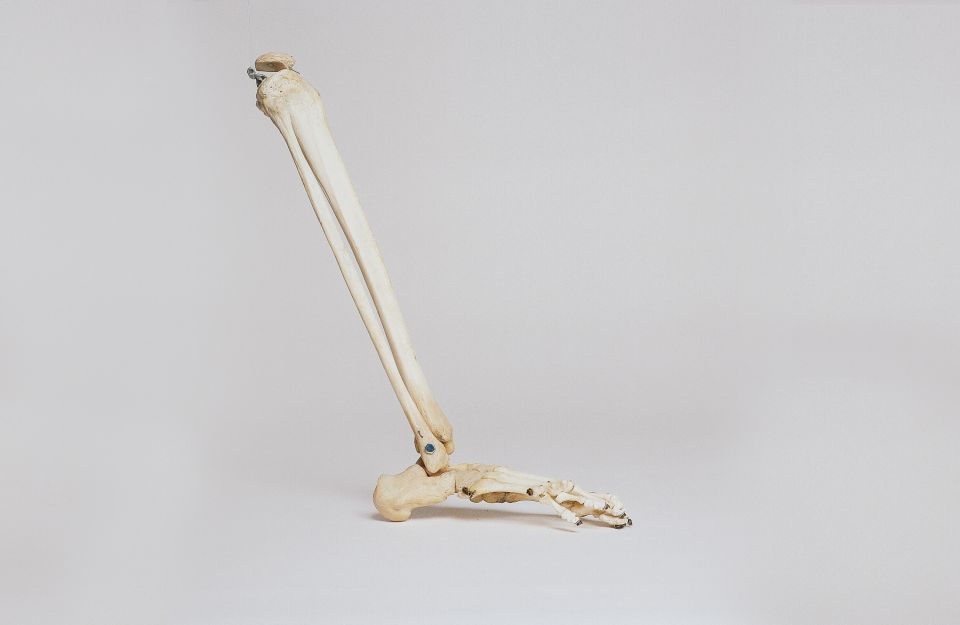
What actually is gout?
Gout is classified as a rheumatic disease and is one of the most painful forms of rheumatism. It is an inflammatory joint disease that progresses in episodes. It frequently affects the metatarsophalangeal joint of the big toe at the beginning, but other joints and soft tissues can also be affected. The central role in the development of gout is an elevated uric acid level in the blood, known as hyperuricemia. Gout should therefore not be confused with osteoarthritis, which is often the case with painful finger joints, for example.
Only when hyperuricemia is present is it gout.
Hyperuricemia
If the uric acid concentration rises above a certain level, the uric acid begins to crystallize and can be deposited as sharp-edged uric acid crystals on joints, bursae and in the connective tissue near the joints. This then leads to inflammation and severe pain. In an acute attack of gout, a joint becomes highly painful, swollen and hot without an injury or other traceable cause.
Who is affected?
Gout affects significantly more men than women. About 80% of gout sufferers are male. Women are largely protected against the disease by female sex hormones, at least until menopause. As a result, men are often struck by a first gout attack in their midlife, while this usually does not happen to women until they are in their sixties.
What are triggers?
Classic triggers for a (usually nocturnal) gout attack are a sumptuous meal with lots of meat, fish or seafood. However, this is only the last straw that breaks the camel’s back, because the gout or hyperuricemia has already been going unnoticed in the body for some time.
What drives up the uric acid level?
Purines play a central role in this process. Purines are building blocks of the genetic material (DNA) in the cell nuclei. On the one hand, purines enter the body through nutrition; on the other hand, they originate from the body’s own cell degradation. Purines are converted into uric acid in the metabolism.
Gout is a purine metabolic disease.
Restrict foods containing purines
Animal foods are richer in purines than plant foods. An important measure after the first attack of gout, or of course as a preventive measure (e.g. if there is a high incidence of gout in the family), is to limit meat consumption. The complete renouncement of pork, sausage products and innards is advisable.
Dairy products and fish should also be reduced. Protein from legumes is certainly better for gout than that from animal products, but should also be eaten in bulk.
Amino acids
Of course, the human organism needs protein, so from what sources should it get it with the above-mentioned restrictions?
I can recommend here the intake of high-quality amino acids as a dietary supplement. Amino acids form proteins in long-chain compounds, i.e. they are their building blocks. Already split into the building blocks, they can be quickly absorbed and utilized by the body and this without burdening the organism, especially kidney and liver. Amino acids that the body needs but cannot produce itself are called essential amino acids (or EAA – Essential Amino Acids). These include the following amino acids: Leucine, Valine, Isoleucine, Lysine, Phenylalanine, Threonine, Methionine and Tryptophan.
There is a huge selection of amino acid products on the market. Make sure that the eight essential amino acids are pure, free and crystalline and of organic and vegan origin and free of additives. The most suitable are so-called pressed pellets, of which about 5g should be taken daily in the morning.
Natural painkillers for rubbing
Lubricating and anointing helps everywhere … says a well-known proverb. If you have a high-quality and natural joint oil at hand, it is even more true. Joint oils with arnica, St. John’s wort and CBD have an analgesic and anti-inflammatory effect and can be applied to the affected areas several times a day without hesitation. The effectiveness is definitely comparable to that of common pain ointments with chemical active ingredients and, unlike these, free of side effects.
